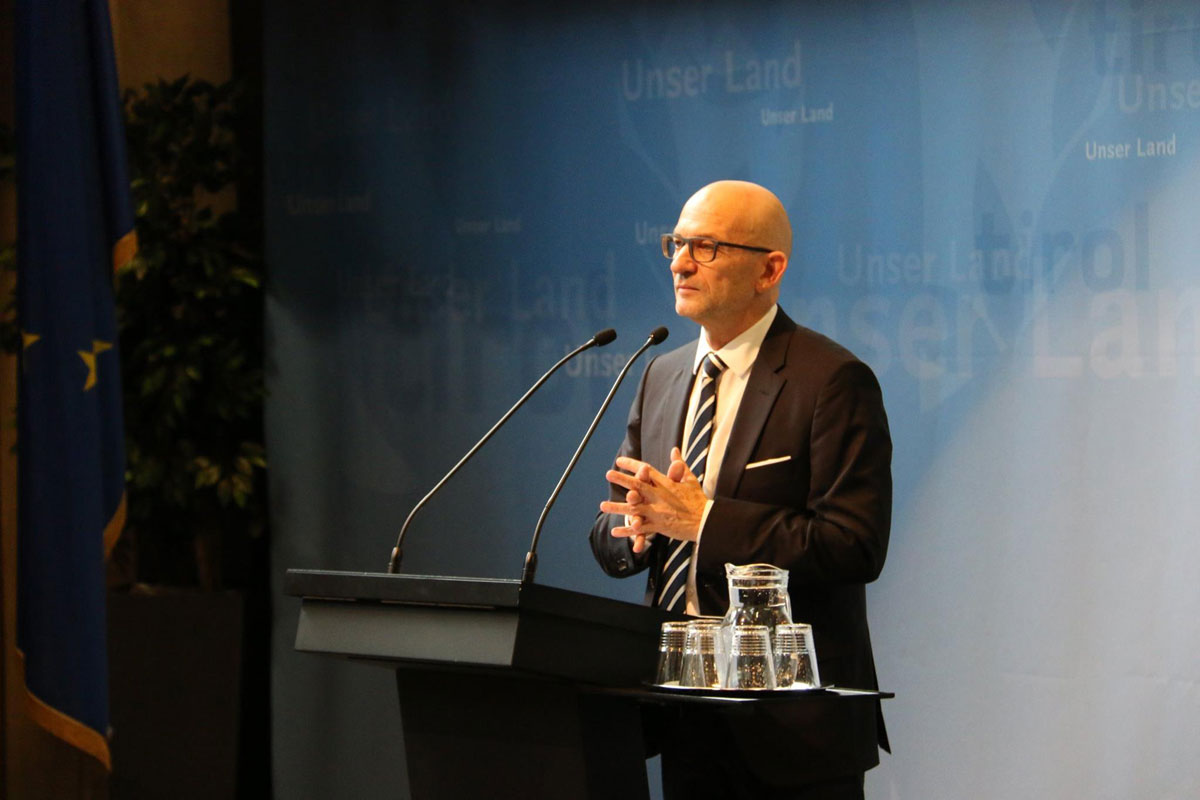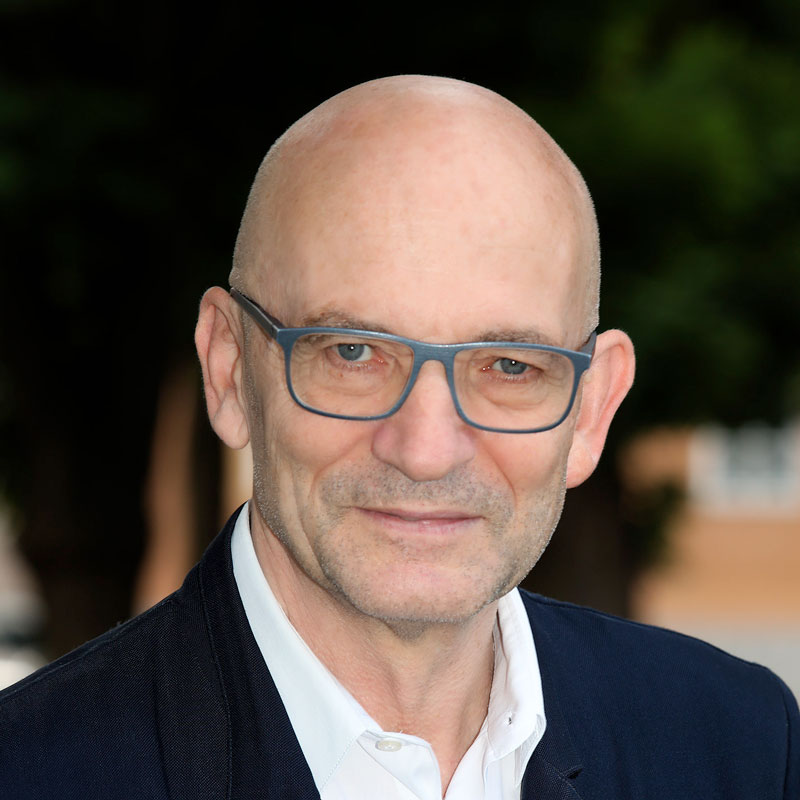Dr. Armand Hausmann – Ihr Psychiater in Innsbruck
Augmentation treatment by combination of high and low frequency rTMS in depression: bilateral versus left hemispherical stimulation

Publikationen (Erstautor oder Mitautor) von Univ.-Prof. Dr. Armand Hausmann
The antidepressive potency of repetitive transcranial magnetic stimu lation (rTMS) apparently depends on different variables such as the stimulation placement(s) [i.e. left or right dorsolateral prefrontal cortex (DLPC)], and on different frequencies. Thus, stimulation at _< 1 Hz (low frequency) over the right DLPC inhibits ispilateral neuronal activity and seemingly activates the controlateral area. An inverse mechanism may be assumed for a stimulation at _> 1 Hz (high frequency) over the left DLPC. In contrast, ipsilateral stimulation at alternating low and high frequencies might synchronize neuronal excitation and inhibition over the stimulation side. The aim of this naturalistic, prospective, controlled study was to investigate the augmentation properties of rTMS, combinig bilateral low and high frquencies‘ stimulation as compared to the alternating use of both frequencies over the left DLPC solely in the identical sessions. We recruited 24 severely depressed medicated patients (18 psychotic, 13 unipolar, 6 bipolar, 5 dsytymic ICD-10). They were subdivided into two groups (n = 12) comparable in age (48.2 years ± 16.1/44.8 + 14.8) sex (9 females/8), handedness (right 10/12), duration of illness (10.3 years -4- 10.8/7.9 + 8.7) and episode (5.3 months 4- 2.9/4.9 ± 4.0) and numbers of episodes (6.1 4- 3.7/5.7 + 4.9). rTMS was delivered with a Cadwell stimulator on 5 consecutive days, 1 session/d with a figure-8 water-cooled coil. For group 1 we used a stimulus intensity of 110% of the motor threshold of ADM (MT), a frequency of 10 Hz, 10 trains, train duration 10 sec each with an intertrain interval of 60 sec over the left DLPC; over the right DLPC 110% ofMT, 1 Hz, 1 train at 300 sec for a total dose of 6500 stimuli was applied. In group 2 only the left DLPC was stimulated at 110% of MT, 10 Hz, 10 sec lasting train (100 stimuli) alternated with 110% of MT, 1 Hz, 30 sec train (30 stimuli) with an interval of 6 sec for 10 times/session, resulting in a total dose of 6.500 stimuli in 5 days. No significant statistical differences (X 2 categorical comparison) were noted in clinical response as measured by CGI. 6 patients (50%) of group 1 and 8 (66.7%) of group 2 had a good clinical outcome; 4 of each group (33.3%) showed no change and 2 (16.7%) of group 1 deterioreted. However, the comorbidities in terms of personality disorders and history of alcohol dependency revealed an opposite effect on clinical outcome in the two groups; 5 (83.3%) of the 6 patients in group 1 diagnosed as suffering from these comorbidities were difined as non responders, whereas 6 (66.7%) of 9 patients with comorbidities of group 2 were qualified as responders (%2 ofp < 0.05). In both groups no serious side effects were registered, but it is noteworthy that 5 patients in group 2 reported a pleasent drowsiness during the stimulation sessions. These preliminary findings suggest that varying the frequencies and the stimulation placements rTMS might provide a selective treatment approach in depressives associated with the comorbidities described.
Autoren: A. Conca, P. König, W. Beraus, H. Schneider, A. Hausmann.
